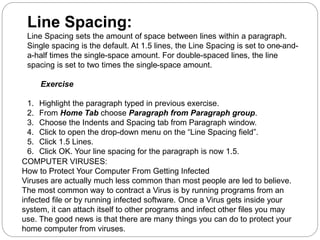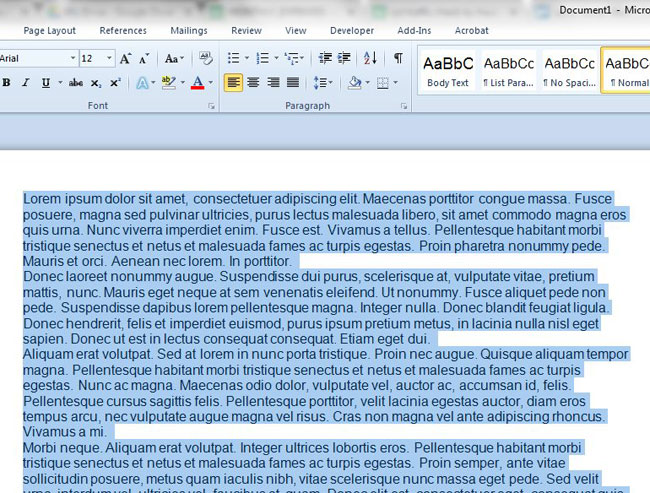

Phylogenetic taxonomy places Aves in the clade Theropoda. Birds are categorised as the biological class Aves in Linnaean taxonomy. Carl Linnaeus modified that work in 1758 to devise the taxonomic classification system currently in use. The first classification of birds was developed by Francis Willughby and John Ray in their 1676 volume Ornithologiae.


Most birds have an extended period of parental care after hatching. They are usually laid in a nest and incubated by the parents. Birds produce offspring by laying eggs which are fertilised through sexual reproduction. Other species have breeding systems that are polygynous (one male with many females) or, rarely, polyandrous (one female with many males). The vast majority of bird species are socially (but not necessarily sexually) monogamous, usually for one breeding season at a time, sometimes for years, and rarely for life. Birds are social, communicating with visual signals, calls, and songs, and participating in such behaviours as cooperative breeding and hunting, flocking, and mobbing of predators. Many social species pass on knowledge across generations, which is considered a form of culture. According to DNA evidence, modern birds ( Neornithes) evolved in the Middle to Late Cretaceous, and diversified dramatically around the time of the Cretaceous–Paleogene extinction event 66 mya, which killed off the pterosaurs and all non-avian dinosaurs. Birds are descendants of the primitive avialans (whose members include Archaeopteryx) which first appeared about 160 million years ago (mya) in China. Likewise, birds are considered reptiles in the modern cladistic sense of the term, and their closest living relatives are the crocodilians. Some bird species of aquatic environments, particularly seabirds and some waterbirds, have further evolved for swimming.īirds are feathered theropod dinosaurs and constitute the only known living dinosaurs. The digestive and respiratory systems of birds are also uniquely adapted for flight. Wings, which evolved from forelimbs, gave birds the ability to fly, although further evolution has led to the loss of flight in some birds, including ratites, penguins, and diverse endemic island species. Birds have wings whose development varies according to species the only known groups without wings are the extinct moa and elephant birds. There are about ten thousand living species, more than half of which are passerine, or "perching" birds. Birds live worldwide and range in size from the 5.5 cm (2.2 in) bee hummingbird to the 2.8 m (9 ft 2 in) ostrich. Birds are a group of warm-blooded vertebrates constituting the class Aves / ˈ eɪ v iː z/, characterised by feathers, toothless beaked jaws, the laying of hard-shelled eggs, a high metabolic rate, a four-chambered heart, and a strong yet lightweight skeleton.


 0 kommentar(er)
0 kommentar(er)
